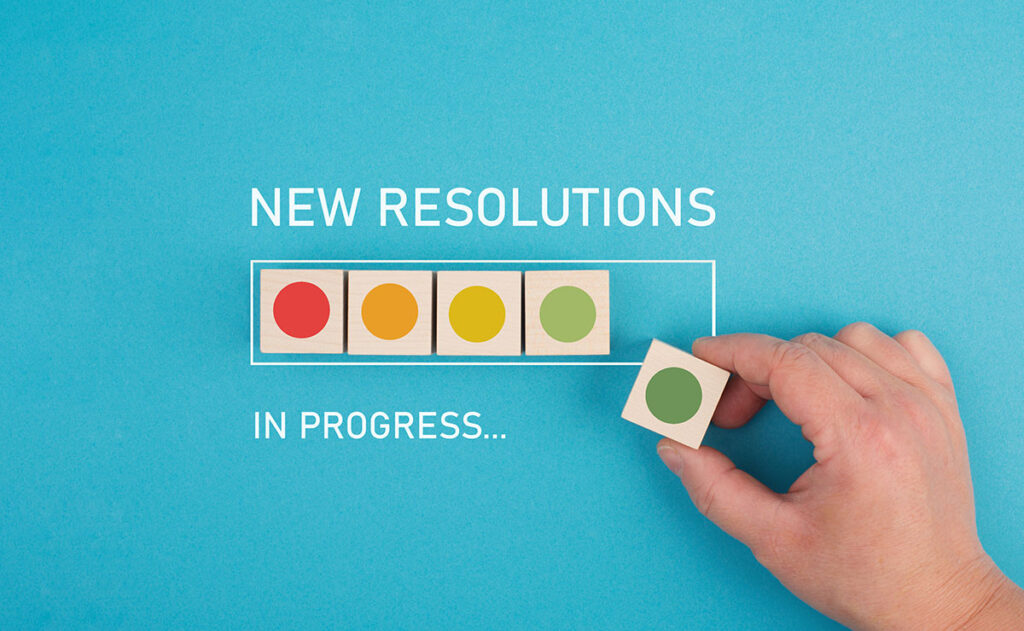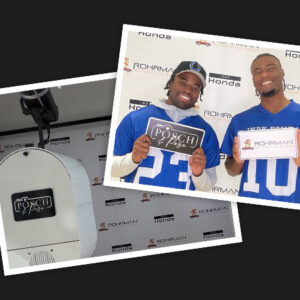Every November, business owners and creatives start saying the same thing: “Next year, I’m going to refresh my brand.”
But too often, those goals sound more like vague resolutions than actionable plans. “I’ll post more,” “I’ll update my website,” or “I’ll rebrand sometime next year.”
And then life happens.
January turns into March, projects pile up, and those creative goals quietly fade into the background.
So, let’s fix that.
Here’s how to set design resolutions that actually stick—the kind that move your brand forward and build measurable creative momentum in 2026.
1. Start With Strategy, Not Aesthetic
Design goals shouldn’t start with color palettes—they should start with clarity.
Ask yourself:
- What business goals am I trying to support through design?
- What’s working visually, and what’s confusing or inconsistent?
- Where does my audience engage most (and least)?
When design decisions connect directly to business outcomes—brand awareness, conversions, credibility—they stop being “nice-to-haves” and start being growth drivers.
If your visuals aren’t aligned with your strategy, you’re just decorating, not designing.
2. Audit Before You Add
Before creating anything new, take a hard look at what you already have.
Your website, social templates, brand assets, and marketing materials might be telling a story you’ve outgrown.
Ask:
- Does my brand still reflect who I am today?
- Is there consistency across all channels?
- Are there assets that feel outdated, redundant, or off-message?
Sometimes the smartest creative move isn’t adding—it’s editing. Trim the excess, simplify your message, and make space for design that actually resonates.
3. Set Measurable Design Goals
“Be more consistent” sounds good, but it’s not measurable.
Instead, try setting creative KPIs you can track quarterly:
- Refresh your social templates by January 15
- Improve website engagement metrics by 10%
- Launch one seasonal campaign per quarter
- Conduct a mini brand audit every six months
Small, specific goals build momentum. And momentum builds confidence.
By the time you look up, you’ve not only achieved more—you’ve designed smarter.
4. Align Design and Content
Your visuals and your messaging should be working together—not competing for attention.
If your design says “modern, approachable, and fresh” but your copy feels corporate and cold, you’re sending mixed signals.
That inconsistency can quietly erode trust.
Going into 2026, make sure your content and creative are aligned around one voice and one experience. Whether it’s your website, emails, or social feed—your audience should instantly feel your brand before they even read a word.
5. Get External Perspective
Even designers need outside eyes. A fresh perspective can help you spot blind spots, surface strengths, and identify opportunities you didn’t see before.
If you’re too close to your brand to see what’s working, get an expert evaluation. Sometimes a simple audit can uncover the insights that shape your next big creative leap.
6. Treat Design Like a System, Not a Project
One of the biggest reasons design resolutions fall apart? They’re treated as one-off projects instead of ongoing systems.
Strong design isn’t something you “finish.” It evolves with your business.
Your audience changes, platforms shift, and your story grows—your visuals should too.
Create systems that support that evolution:
- Brand guidelines that are actually usable
- Editable templates your team can maintain
- A content rhythm that supports long-term goals
That’s how design becomes sustainable—and scalable.
Final Thoughts
Forget resolutions that sound nice but go nowhere.
In 2026, make your design goals measurable, strategic, and aligned with what your business is really trying to achieve.
Because good design doesn’t just make you look better—it makes you work smarter.
Ready to set your 2026 design goals in motion?
Get a free evaluation of your current branding and start the new year with a clear creative strategy.







